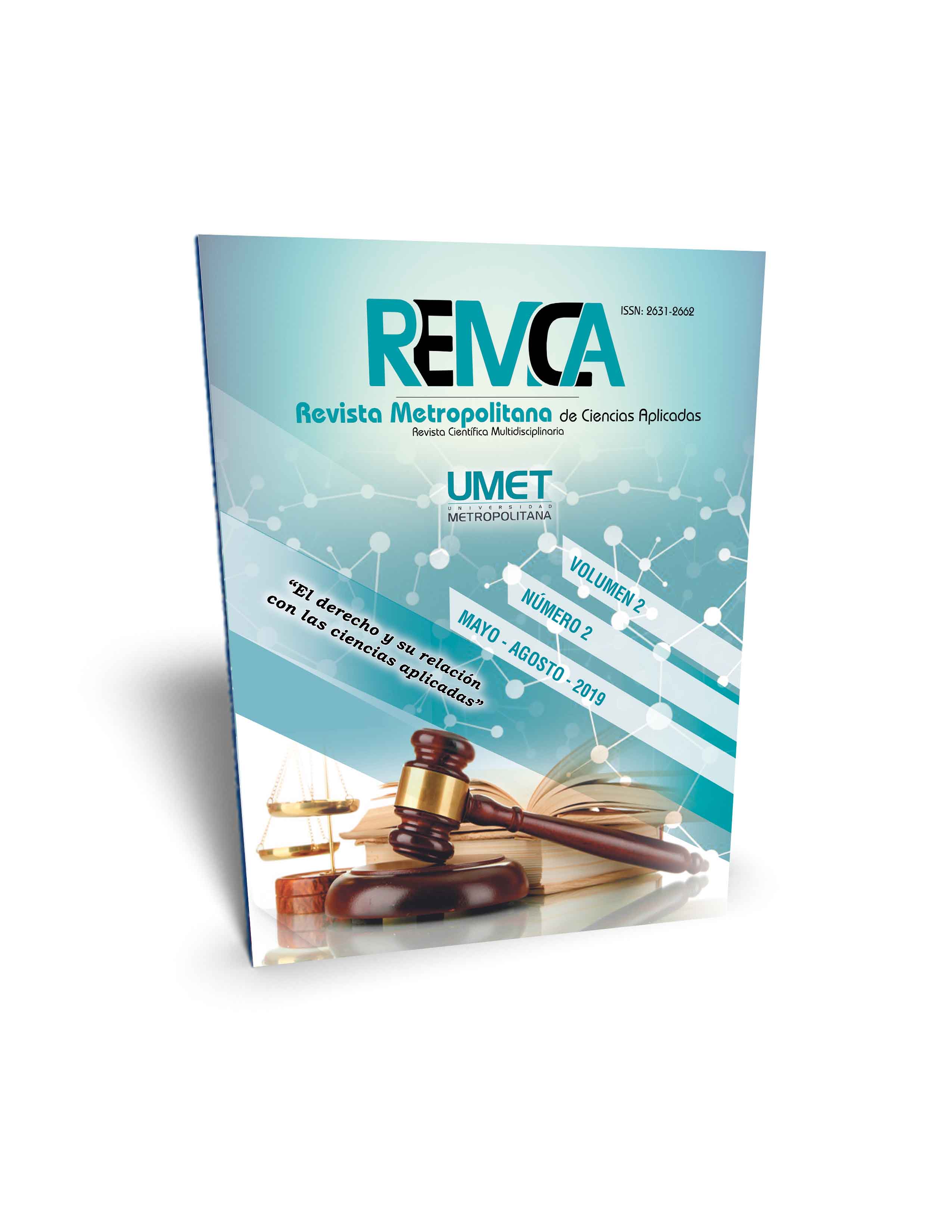Determination of feasibility to use portable spectometry to asseee the quality of raw materials use inbakeries ans confectioner in Machala city, Ecuador
DOI:
https://doi.org/10.62452/jmeevb74Keywords:
Quality Control, feasibility, investment, portable spectrometryAbstract
In Ecuador, bakery and confectionery industries are unaware of the use of adequate means to assess the quality of the raw materials, including milk, cheese and eggs, which in many cases come after being stored for a long time, affecting the elaboration of the final production, and even to causing ill health of the population. The object of this research is to determine the feasibility in the investment in technology of Portable spectrometry NIR as an alternative to the tabletop instrumentation for bakeries in Machala city to control the quality of raw materials used on bread production. The study was developed in two sequential moments. The first moment was focused on the diagnosis of the use of technologies in the production of bakeries and confectioneries. The second moment evaluated the economic viability of using technology as an instrument to control quality in bakery and pastry business. Results showed bakers are currently losing economically approximately 106.80 dollars annually due to the practice of empirical methods in the control of quality of cheese, milk and eggs. Itt was demonstrated the feasibility to invest in technology to face the economic losses experienced.
Downloads
References
Aguaza, B. O. (2012). Análisis Coste-Beneficio. eXtoikos, (5), 147–149. Recuperado de https://dialnet.unirioja.es/servlet/articulo?codigo=5583839
Aponte, R., Muñoz, F., & Álzate, L. (2017). La evaluación financiera de proyectos y su aporte en la generación de valor corporativo. Ciencia Y Poder Aéreo, 12(1), 144–155. Recuperado de https://dialnet.unirioja.es/servlet/articulo?codigo=6223218
Castillo, R. S., & Ródenas, J. B. (2018). Análisis de las alteraciones de la cáscara del huevo de gallina. Nereis. Interdisciplinary Ibero-American Journal of Methods, Modelling and Simulation., (10), 137–147. Recuperado de http://revistas.ucv.es/index.php/Nereis/article/view/388
Dos Santos, C. A. T., Lopo, M., Páscoa, R. N., & Lopes, J. A. (2013). A review on the applications of portable near-infrared spectrometers in the agro-food industry. Applied Spectroscopy, 67(11), 1215–1233. Recuperado de https://www.osapublishing.org/abstract.cfm?uri=as-67-11-1215
Du, C.J., Cheng, Q., & Sun, D.W. (2012). Computer Vision Technology in the Food and Beverage Industries. Sawston: Woodhead Publishing.
González-Martín, M. I., et al. (2011). Prediction of sensory attributes of cheese by near-infrared spectroscopy. Food Chemistry, 127(1), 256–263. Recuperado de http://agris.fao.org/agris-search/search.do;jsessionid=A56B7AB03BC8516330D460D8FF4D3658?request_locale=fr&recordID=US201301945808&query=&sourceQuery=&sortField=&sortOrder=&agrovocString=&advQuery=¢erString=&enableField=
Jones, C., Finkler, S. A., & Kovner, C. T. (2012). Financial Management for Nurse Managers and Executives. Philadelphia: Saunders.
Karoui, R., Kemps, B., Bamelis, F., De Ketelaere, B., Decuypere, E., & De Baerdemaeker, J. (2006). Methods to evaluate egg freshness in research and industry: A review. European Food Research and Technology = Zeitschrift Fur Lebensmittel-Untersuchung Und -Forschung. A, 222(5), 727–732.
Mete, M. R. (2014). Valor Actual Neto y Tasa de Retorno: su utilidad como herramientas para el análisis y evaluación de proyectos de inversión. Fides et Ratio-Revista de Difusión Cultural Y Científica de La Universidad La Salle En Bolivia, 7, 67. Recuperado de http://www.revistasbolivianas.org.bo/scielo.php?pid=S2071-081X2014000100006&script=sci_arttext&tlng=es
Nashat, S., & Abdullah, M. Z. (2016). Chapter 21 - Quality Evaluation of Bakery Products. In D.-W. Sun (Ed.), Computer Vision Technology for Food Quality Evaluation (Second Edition) (pp. 525–589). San Diego: Academic Press.
Silversides, F. G., & Scott, T. A. (2001). Effect of storage and layer age on quality of eggs from two lines of hens. Poultry Science, 80(8), 1240–1245. Recuperado de https://www.ncbi.nlm.nih.gov/pubmed/11495479
Stark, R., & Bainbridge, W. S. (1996). A theory of religion. London: Rutgers Univ Pr.
Sun, D.W. (2016). Computer Vision Technology for Food Quality Evaluation. San Diego: Academic Press.
Downloads
Published
Issue
Section
License
Copyright (c) 2019 Víctor Javier Garzón Montealegre, Iván Ramírez-Morales, Julián Coronel-Reyes, Bladimir Homero Serrano Rugel (Autor/a)

This work is licensed under a Creative Commons Attribution-NonCommercial-ShareAlike 4.0 International License.
Authors who publish in Revista Metropolitana de Ciencias Aplicadas (REMCA), agree to the following terms:
1. Copyright
Authors retain unrestricted copyright to their work. Authors grant the journal the right of first publication. To this end, they assign the journal non-exclusive exploitation rights (reproduction, distribution, public communication, and transformation). Authors may enter into additional agreements for the non-exclusive distribution of the version of the work published in the journal, provided that acknowledgment of its initial publication in this journal is given.
© The authors.
2. License
The articles are published in the journal under the Creative Commons Attribution-NonCommercial-ShareAlike 4.0 International License (CC BY-NC-SA 4.0). The terms can be found at: https://creativecommons.org/licenses/by-nc-sa/4.0/deed.en
This license allows:
- Sharing: Copying and redistributing the material in any medium or format.
- Adapting: Remixing, transforming, and building upon the material.
Under the following terms:
- Attribution: You must give appropriate credit, provide a link to the license, and indicate if any changes were made. You may do this in any reasonable manner, but not in any way that suggests the licensor endorses or sponsors your use.
- NonCommercial: You may not use the material for commercial purposes.
- ShareAlike: If you remix, transform, or build upon the material, you must distribute your creation under the same license as the original work.
There are no additional restrictions. You may not apply legal terms or technological measures that legally restrict others from doing anything the license permits.




